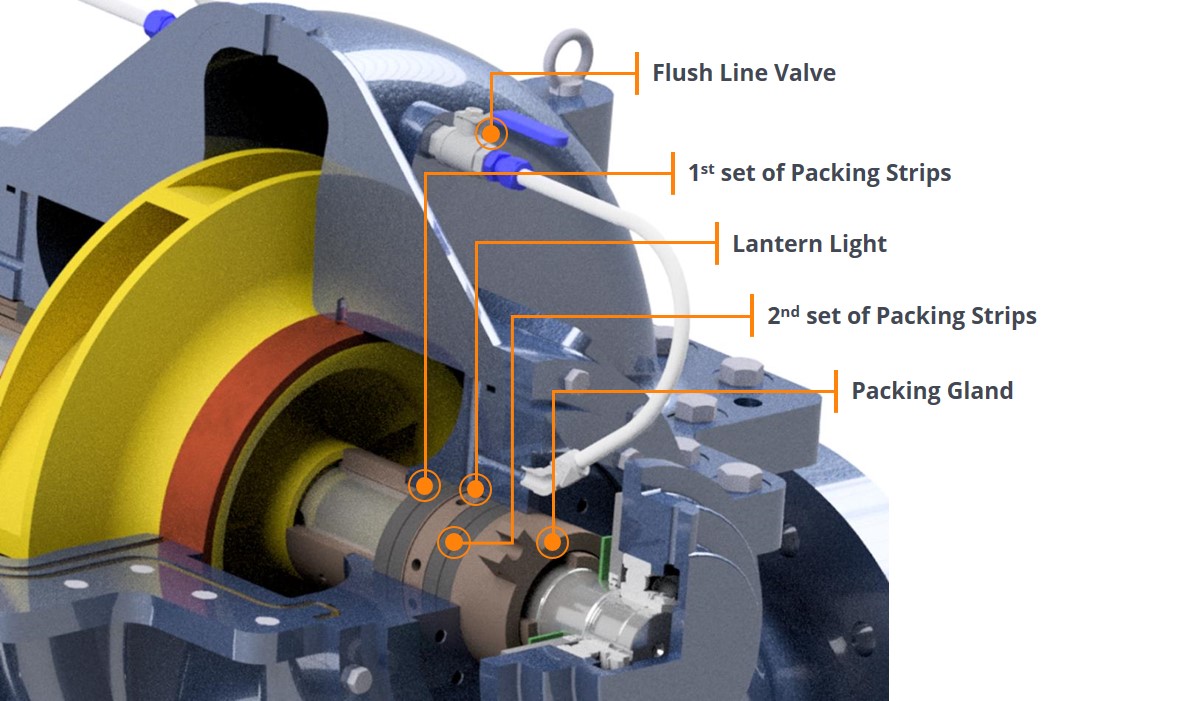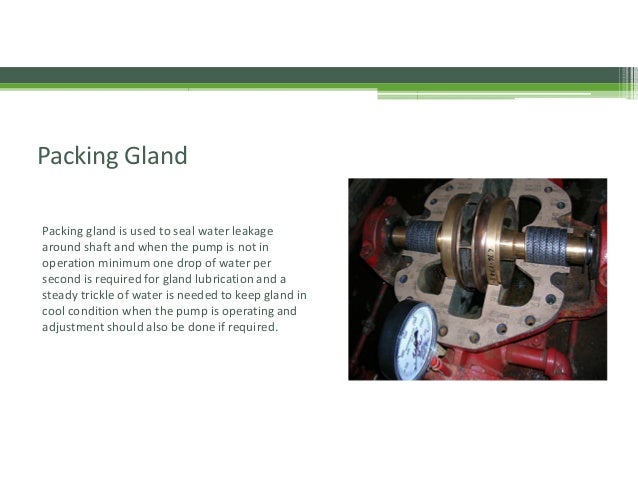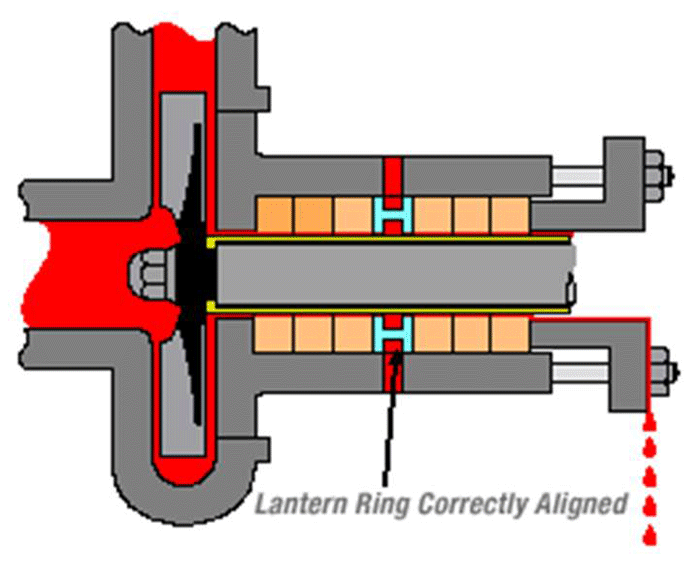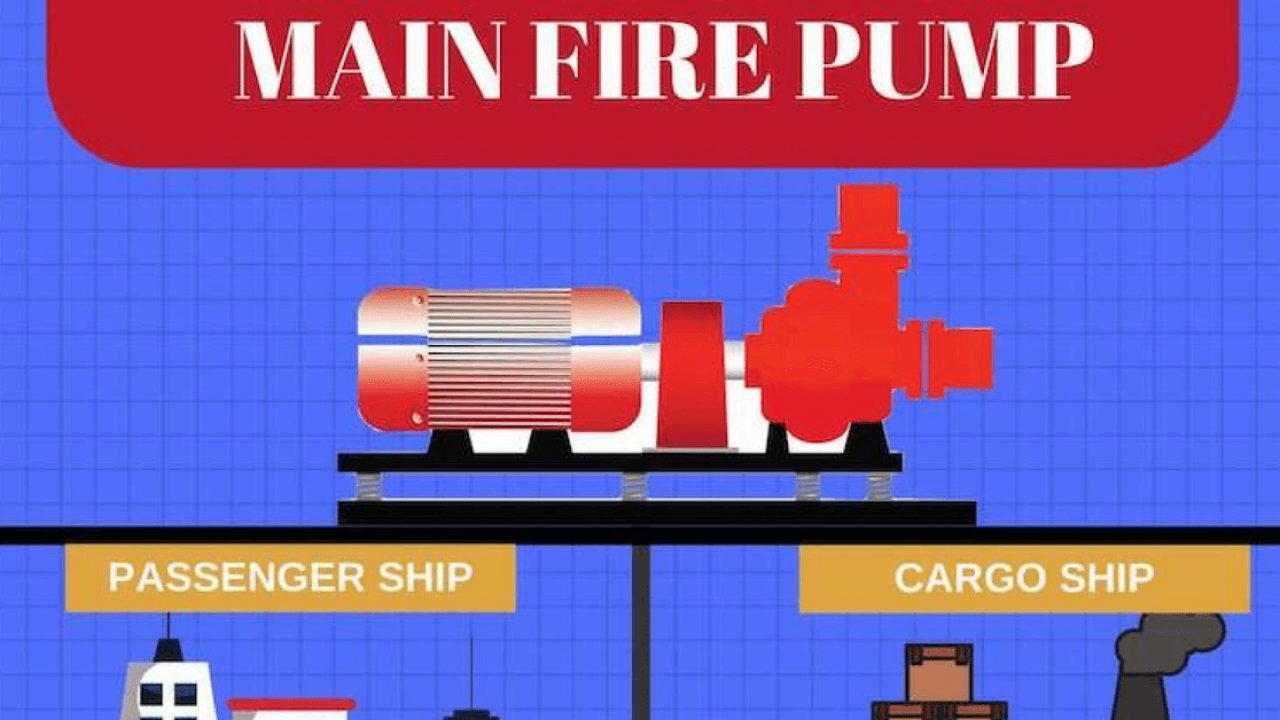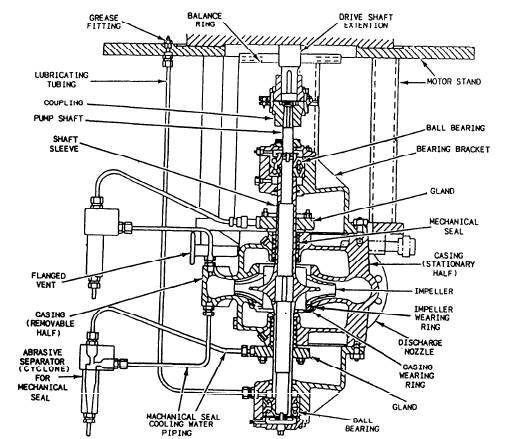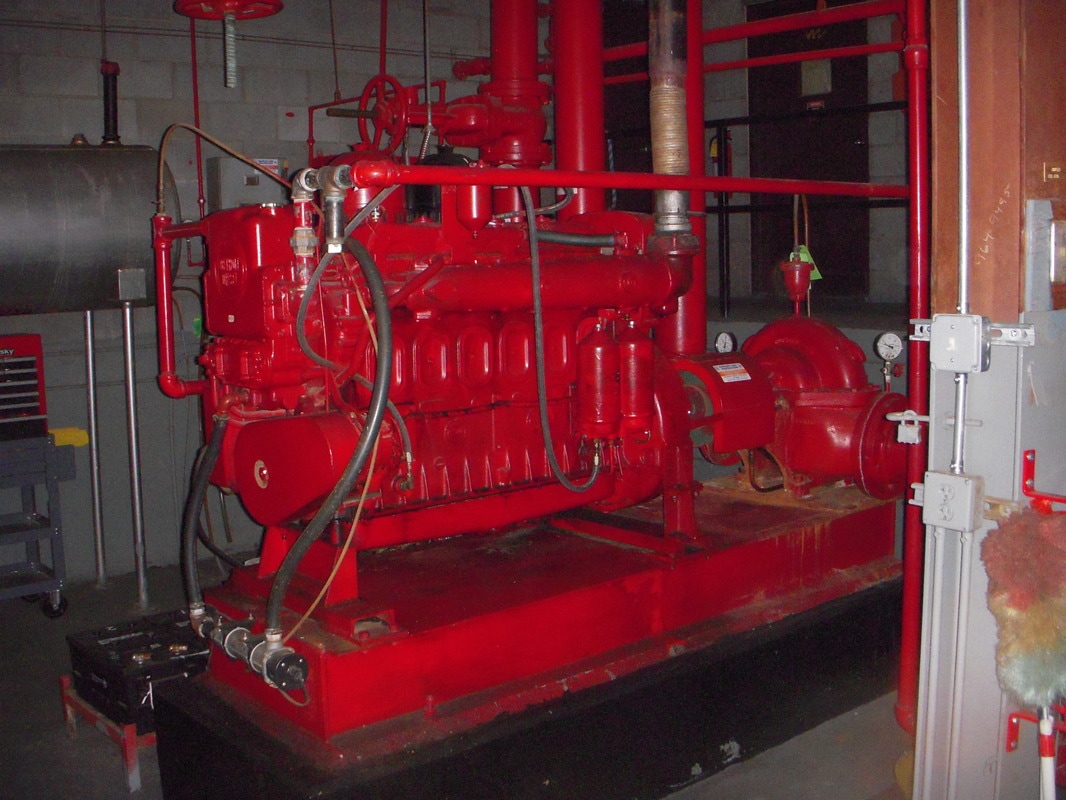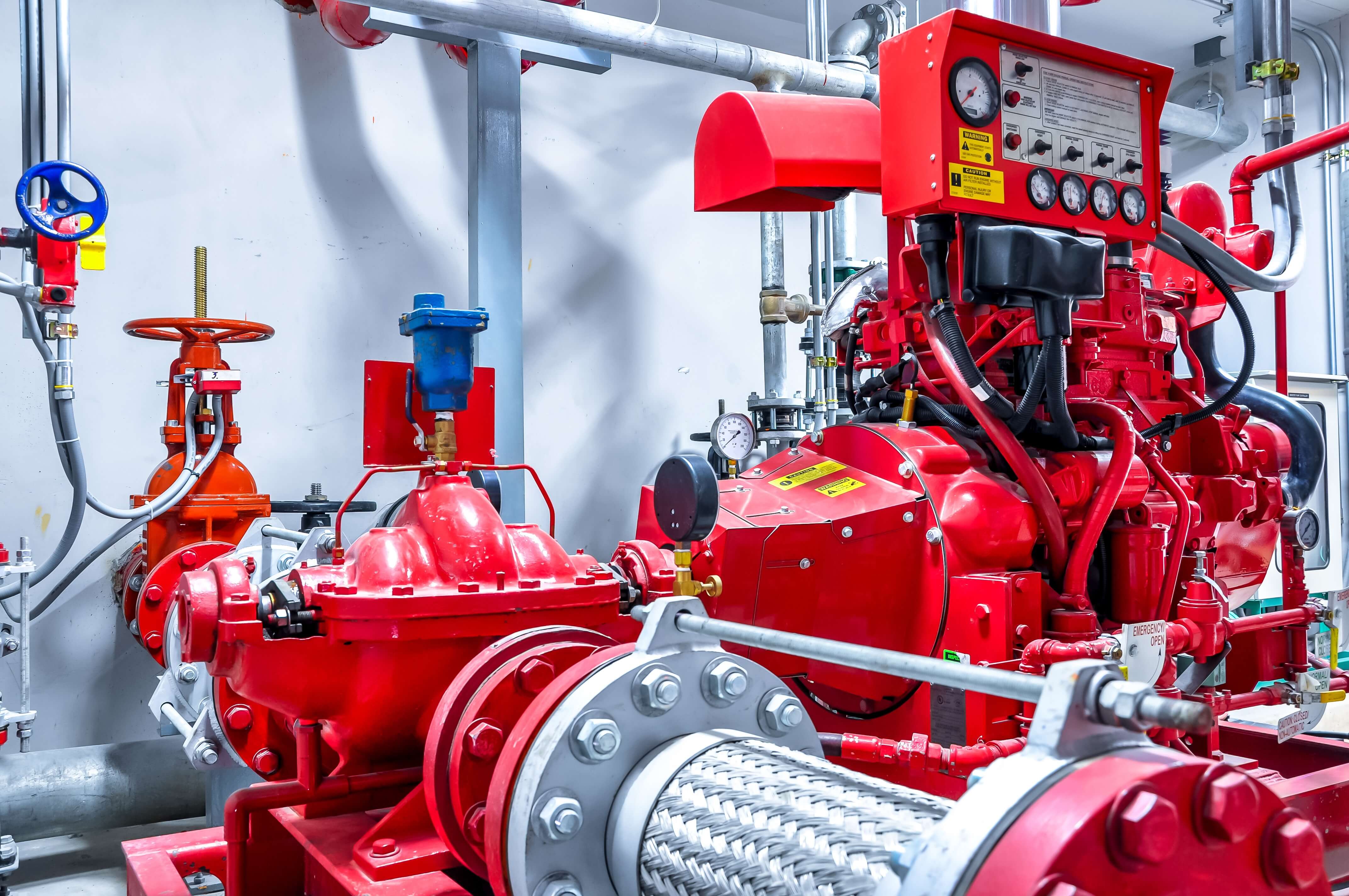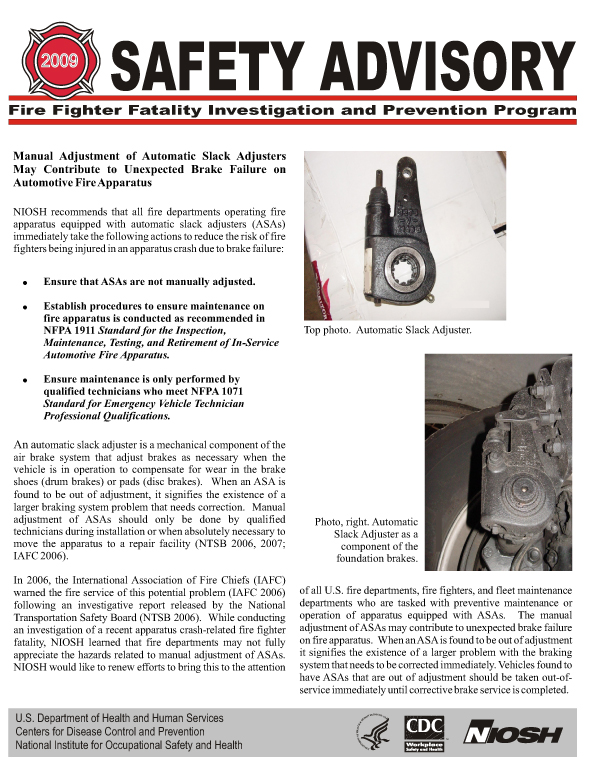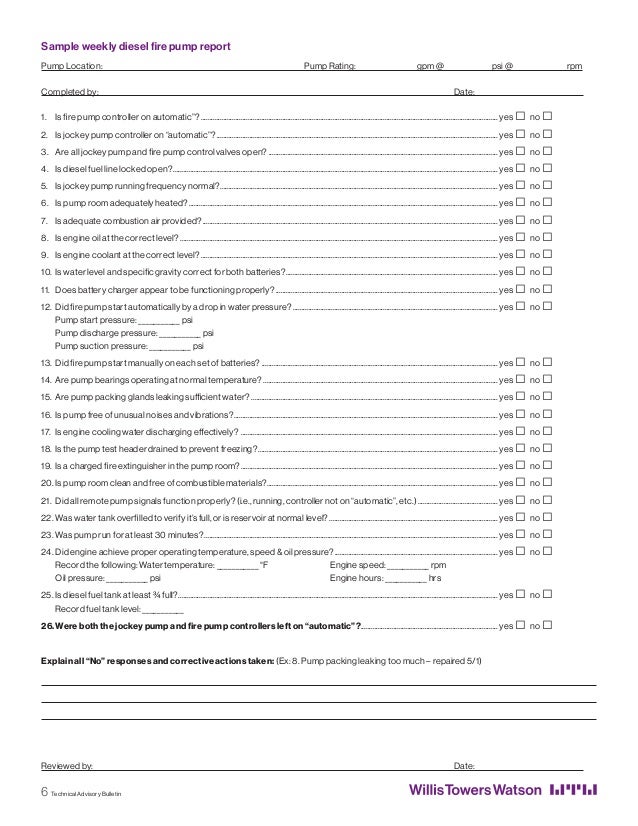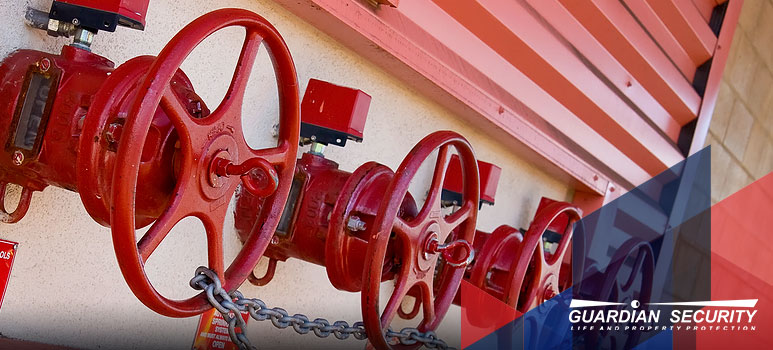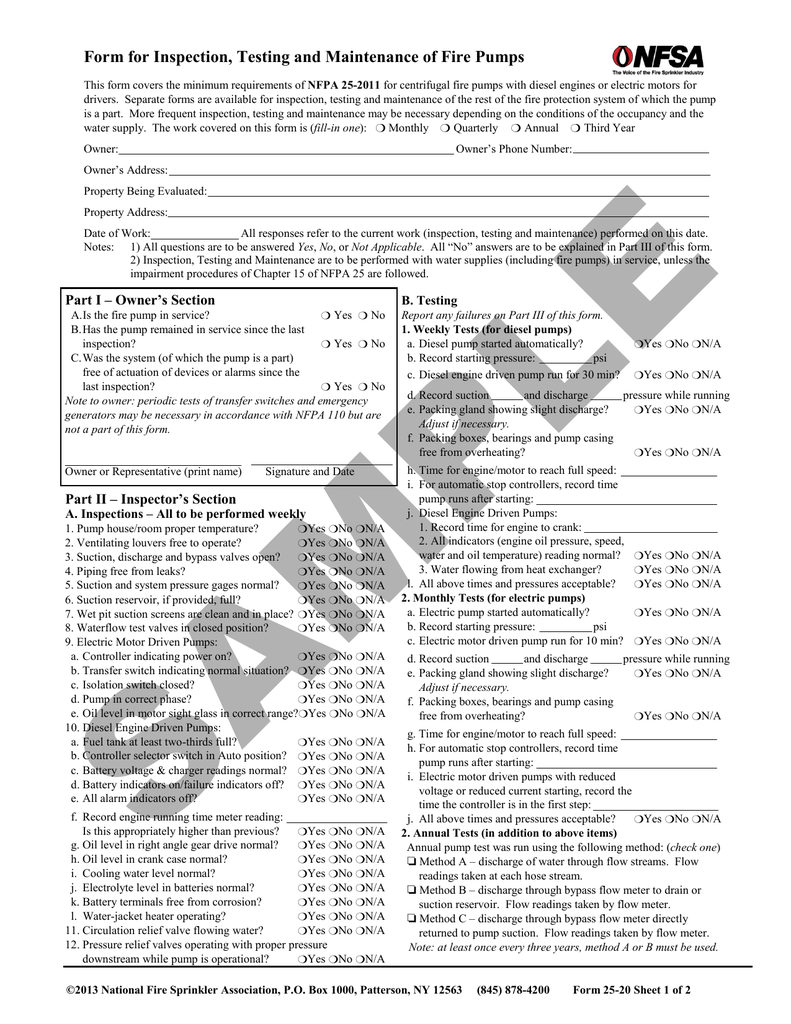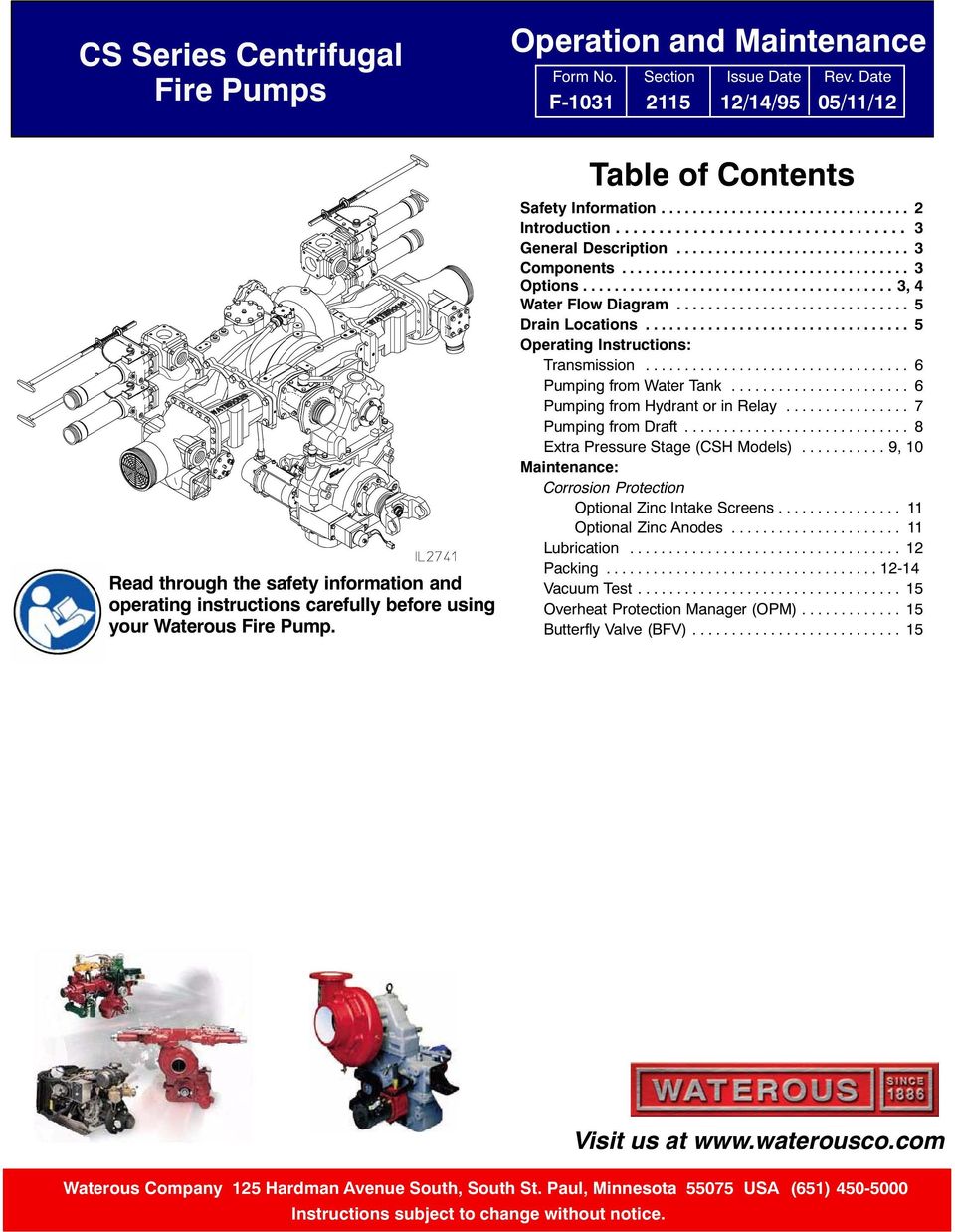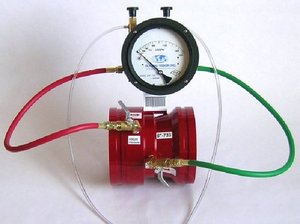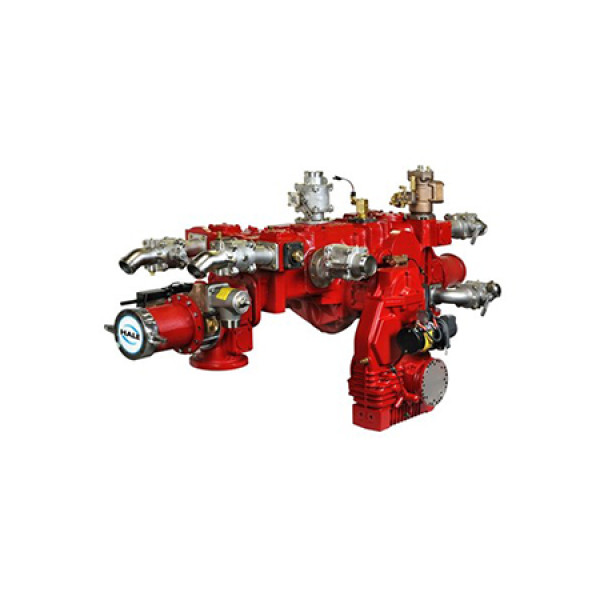Fire Pump Packing Leaking

During normal operation of the fire pump the excess water will drip from the pump.
Fire pump packing leaking. Packing adjustment will be more frequent at first. Considering the potential cost impact keeping compression packing functioning properly may well be the most critical factor ensuring that the pump keeps working. At the beginning of the pump operation loosen the gland nuts and allow the packing boxes to leak liberally. During the break in period adjustments should be made gradually one flat at a time allowing 5 to 10 minutes between adjustments.
Overtightening is the most common cause of packing failure. Remember extra consideration during break in will result in longer packing life. Packing failure can cause pump damage pump failure and unscheduled plant shutdowns not to mention the cleanup effort. You ll be confident that your system is ready to operate with real time monitoring and the added benefit of alerts and alarms notifications that you can configure.
These pumps have continuous dripping from the packing gland even when the pump is not running. Follow these two steps. Feel the packing gland be careful of the rotating shaft to see if the packing gland is too hot or uneven which will result in damage to the pump shaft. When adjusting pump packing the goal is to arrive at the lowest acceptable leak rate while maintaining thermal equilibrium.
Tighten down the followers. The amount of leakage is controlled by the packing gland d. When compression packing fails the consequences can be devastating. Peerless fireconnect allows you to access complete fire pump system information 24 7 anytime and anywhere via your smartphone tablet laptop or desktop.
More water is brought to the packing than can be absorbed. Start the pump and allow the packing to leak freely at start up. Our blog today looks at the proper procedures for packing gland adjustments which will help extend the service life of your fire pump. The packing gland should be placed on top of the packing.
Adjust the followers one flat or of a turn every 30 minutes or until the leakage is controlled.


